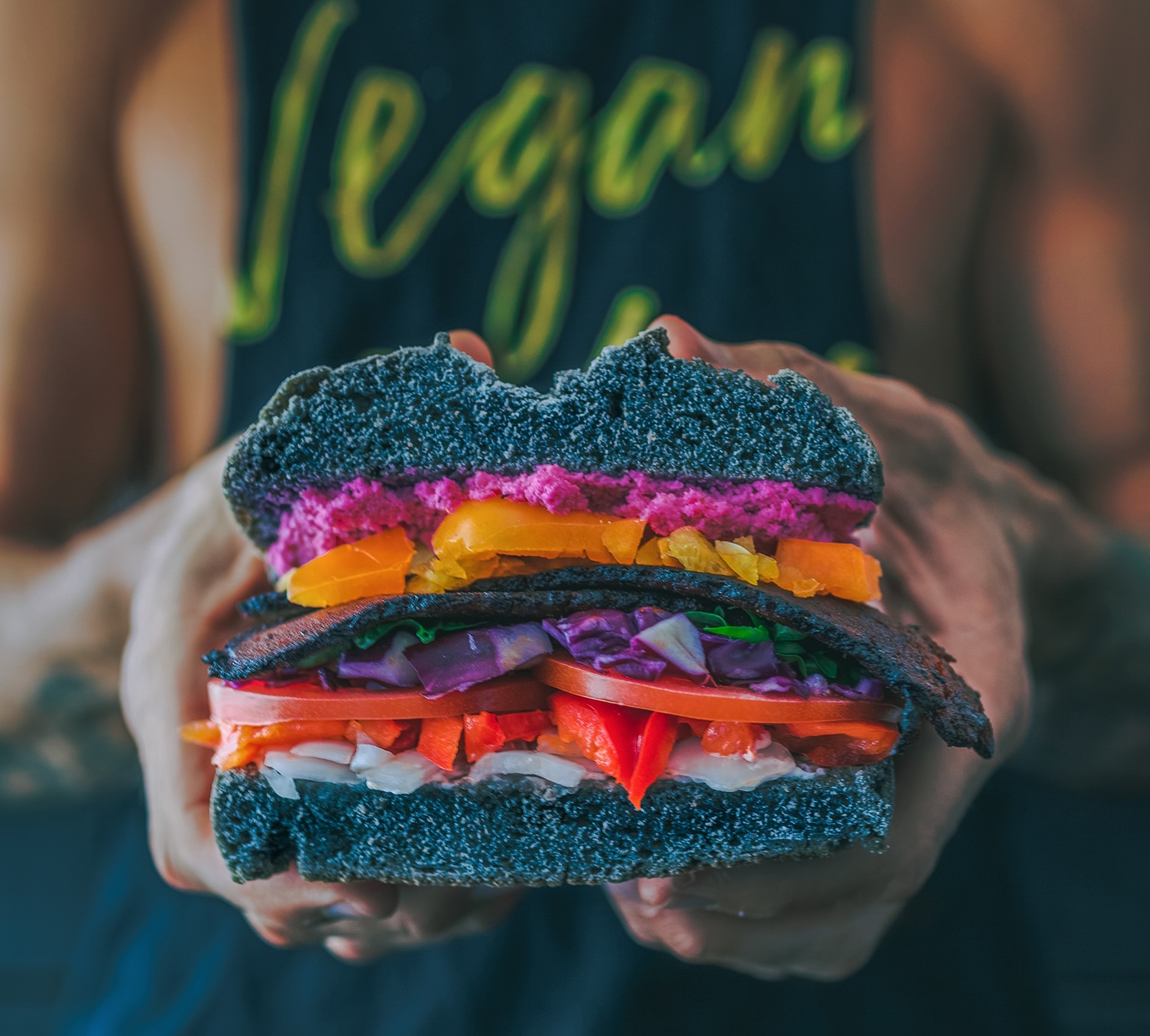
There needs to be more room for debate on the environmental impact of the livestock industry. The production of animals for food uses responsible for 14.5% of all greenhouse gas emissions. It’s also a major contributor to biodiversity loss, water pollution, and deforestation, as well as the utilization of nearly 70% of farmland. Because these foods are “specifically formulated to replicate the taste, texture, and overall eating experience of animal products,” as a new paper in Future Foods puts it.
Vegan foods can meet a wide variety of modern dietary preferences. U.S news suggests that now is a great moment to spread the word about the many health benefits that may be reaped by consuming varied soy foods prepared with soy farmed in the United States.
5 Top Vegan Alternative Picks!

Changing to a Vegan diet plan can be challenging, but here are some common alternatives to help you along the way.
1. Dairy Substitutes
Milk is now integral to our daily lives and is widely considered a dietary necessity. Cow milk is used in many different ways: as a beverage, in cooking, to flavour beverages like tea and coffee, and even as a topping for breakfast cereal.
Milk replacements have been increasingly popular, leading to many new options in recent years. Oat, hazelnut, cashew, soy, almond, coconut, and hemp milk are all good examples of non-dairy alternatives. Making your own is simple and can be done by soaking raw nuts, mixing them with water, and filtering them.
Many recipes for cooking and baking can easily be adapted to utilize alternative milk instead of conventional milk. You can find a chocolate-flavored nut or oat milk if you absolutely must have chocolate.
It’s helpful to try different varieties, as some may work better in certain dishes. For instance, traditional foamy coffees are best made with oat barista milk. Soymilk can stand in for buttermilk in many baking recipes when soured with an acid like apple cider vinegar.
2. Seitan

Seitan is a wheat protein flour that is sometimes referred to as “vital wheat gluten.” There are many ready-made options, but you could also create your own. Alternate milk, tofu, and your favourite seasonings can be used to make a wet mix, which can then be combined with the seasoned wheat gluten flour to make a dry mix (depending on your desired outcome). Create a dough by combining the two and working it thoroughly.
Fry it in bits with seasoned batter to satisfy your fried chicken desire. It can be roasted, grilled, or baked for a healthier option. Since it originated in China and has been used as a protein source for generations, it is a decent substitute for duck, beef, bacon, and sausage and goes well with most cuisines.
3. Substitute cheeses

Replicating the real thing might be difficult, but imitation cheeses have come a long way. Most modern grocery stores stock their private label products in addition to those of other brands. Coconuts, aquafaba, almonds, and solidified vegetable oil go into their creation. Choose one enhanced with calcium and vitamin B12 for optimal health.
Alternatives to mozzarella, cheddar, and cream cheese are all readily available. These days, you can even find a variety of “artisan” vegan cheeses. Last but not least, dried flakes of nutritional yeast make a great parmesan alternative. It has a savoury flavour that works well with pasta and salads and is a good source of B12 and other B vitamins.
4. Substitutes for Meat

More and more people are beginning to see meat intake negatively, and nutritionists and climate experts are sounding the alarm about the dangers of the current high levels of meat consumption in much of the world. Vegan or Plant-based alternatives are much more environmentally friendly and beneficial to human health.
Meat substitutes, also known as “cheat” or “mock” meats, are the show’s stars when it comes to the widespread acceptance and popularity of plant-based vegan alternatives. That’s why everybody from fast-food chains to biotech firms is trying to perfect fake meats made from plants that can pass for the real thing.
In addition to well-known brands, most supermarkets now carry their labels, and several new, smaller enterprises have joined the fray. Perhaps you’ve heard of Beyond Meat, the vegetarian alternative to the traditional “bleeding” burger. As a result of its popularity in the United States, it is now sold in Tesco and at a few other restaurants in the United Kingdom.
Finally, there’s the plant-based Impossible vegan Burger, which looks and tastes so much like a real hamburger that it’s practically impossible to tell the two apart.
5. Jackfruit
Jackfruit is a non-processed ingredient that may be found in cans, making it a cheap and convenient pantry staple. Although it has been popular in Asia for decades, its use in American kitchens is rising. The most typical application is a substitute for pulled pork since the substitute’s texture is quite close to that of a real pig.
For example, it can stand in for chicken in a stir-fry or be prepared to resemble tuna. There are many interesting and tasty things lately, like jackfruit tacos, gyros, and crab cakes.
Bottom Line
Cell-based meats and plant-based alternatives are making headway in the meat industry. This analysis of the available data investigates the claims that the production and use of meat substitutes can reduce some of the negative impacts of farmed meats on the environment, animal welfare, and public health.
This emphasizes the layered nature of the problems and the importance of proceeding cautiously as these products gain widespread use.






